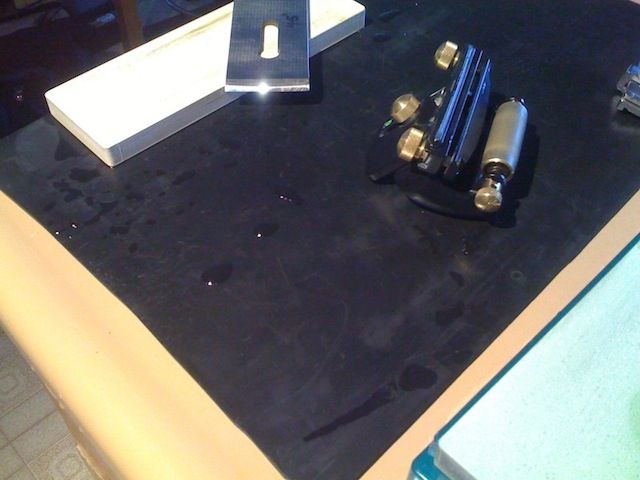
Originally Posted by
David Weaver

I'd focus on doing a good job with the grind and working as little metal as possible. Personally, would keep using the dry grinder if you're using it and you can get an accurate close-to-the-edge grind. Of course, you can do the same thing with the wet grinder, too.
Just grind a good primary, lift the iron a degree or two and work the edge a little bit and the back generously.
Yeah. That is the way I was going to approach it, hollow ground and as little metal as possible on the stones.
I am never wrong.
Well...I thought I was wrong once...but I was mistaken.




 Reply With Quote
Reply With Quote











